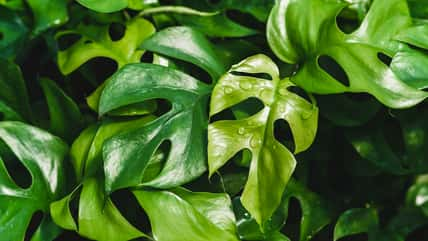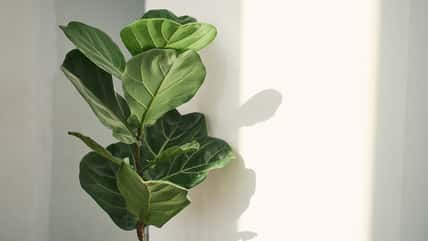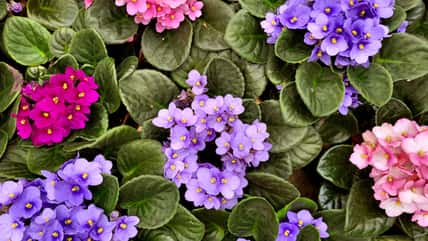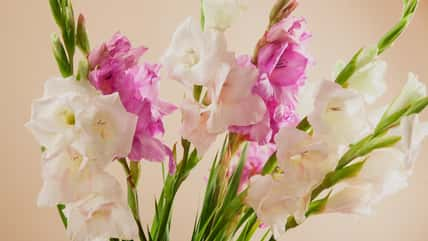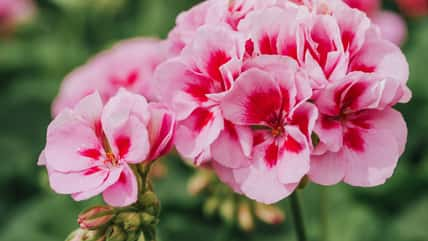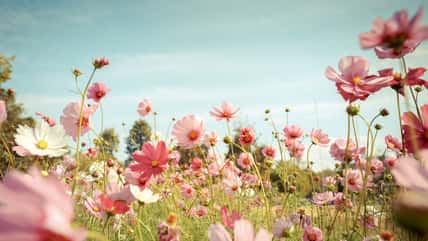These Drought-Tolerant Plants That Can Turn Your Garden Into A Resilient Oasis

When it comes to gardening, the reality of prolonged dry spells can dampen anyone’s spirit. But what if your garden could actually thrive with minimal water, resisting even the toughest drought conditions?
This is where drought-tolerant plants come into play, turning a desolate garden into a resilient oasis.
The Importance Of Drought-Tolerant Landscaping
Drought-tolerant landscaping, also known as xeriscaping, is not just a stylish choice — it’s a practical one, especially in areas prone to water scarcity.
Opting for plants that require less water helps conserve this precious resource and ensures your garden stays lush under water restrictions.
Additionally, these plants generally demand less maintenance, saving you time and reducing the need for chemical fertilizers and pesticides – which is a win for both your schedule and the environment.
So, here are some hardy, drought-tolerant plants that can thrive in nearly any landscape.
Sedum
Native to the Northern Hemisphere, particularly East Asia and North America, Sedum, or Stonecrop, is a hardy perennial with thick, succulent leaves that retain water. Its star-shaped flowers also come in hues of pink, red, yellow, and white.
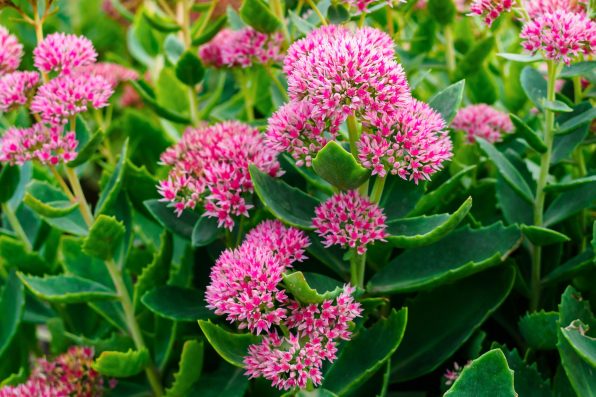
Shauerman – stock.adobe.com – illustrative purposes only
The water-storing capabilities of its leaves allow Sedum to prosper in dry, rocky soils. Then, once established, it thrives in full sun with well-draining soil and requires minimal watering, making it nearly maintenance-free.
Coneflowers
Coneflowers, or Echinacea, are native to North American prairies and are recognizable for their tall stems topped with large, daisy-like flowers ranging from purple and pink to red and yellow, with a distinctive raised central cone.
Their deep root systems allow them to access water from deeper soil layers, making them capable of enduring dry spells. They thrive in full sun and well-draining soil and, once established, require little watering and are resistant to most pests.
African Daisies
Originating from Southern Africa, African Daisies display striking flowers with spoon-shaped petals in colors like white, pink, purple, and blue, often closing at night.
They’re also adapted to arid environments, meaning they manage water efficiently. African Daisies just perform best in full sun with light and well-draining soil – needing moderate watering until established, then only sparingly.
Verbena
Verbena, native to both the Americas and Europe, features small, clustered flowers in vibrant shades of violet, pink, red, white, and blue. Its resilience also makes it ideal for hot, dry climates.
Verbena loves full sun and can tolerate poor, well-draining soil. It just requires occasional watering but prefers the soil to dry out between watering sessions.
Lavender
Native to the Mediterranean region, Lavender is famed for its fragrant spikes of purple flowers and silver-green foliage. Plus, it is highly adapted to dry, sunny climates and rocky soil.
Lavender simply requires full sun, good air circulation, and well-draining soil. Then, it needs infrequent watering once established.
Aster
Asters, which are found on every continent except Antarctica and particularly abundant in North America, bloom with star-shaped flowers in shades of blue, purple, white, and pink, bringing late-season color to gardens.
They are also capable of surviving in low-water conditions once established and thrive in sunny areas with well-draining soil. So, only moderate watering is needed until they are established, after which they become more drought-resistant.
Marigold
Last but not least, Marigolds, which are native to the Americas, are garden favorites for both their bright orange, yellow, and red flowers, and their pest-repellent properties.
And while they do enjoy moist conditions, marigolds are fairly robust and can endure without water for periods. They are just sun lovers that thrive in almost any type of soil and do well with occasional watering once they have taken root.
Sign up for Chip Chick’s newsletter and get stories like this delivered to your inbox.
More About:Gardening
